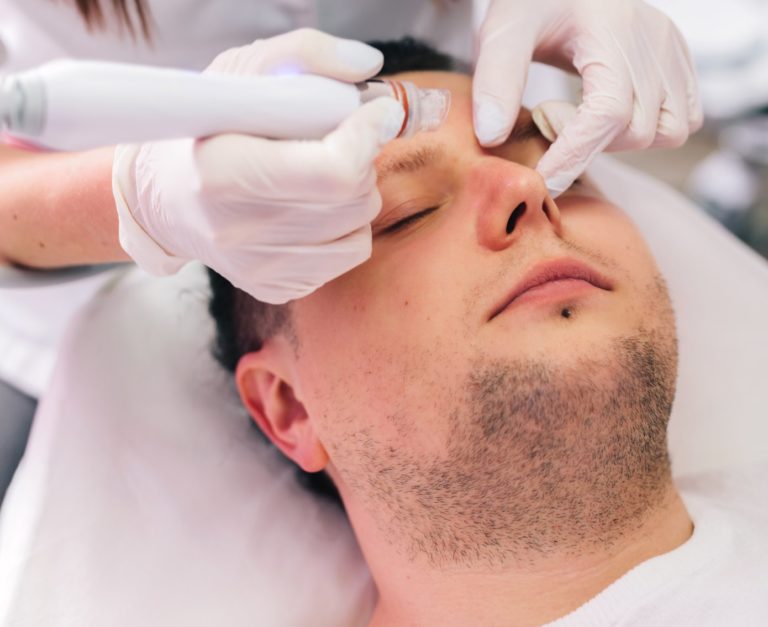Breast explant
What is breast explant?
Breast explant involves the removal of breast implants, and can include removal of scar tissue around them.
This procedure is carried out for several reasons, such as health problems, aesthetic changes, maintenance of implants or personal reasons.
Health problems: Some patients may experience implant-related complications, such as capsular contracture (scar tissue hardening around the implant), implant rupture, infections, or allergic reactions.
Aesthetic changes: Over time, the aesthetic preferences of a patient may change, or there may be changes in the body that make the implants no longer desirable.
Maintenance: Breast implants are not designed to last a lifetime. Some women opt for explantation instead of replacing old implants with new ones.
Personal motives: Some patients decide to remove their implants for personal or lifestyle reasons, such as preferring a more natural appearance or feeling more comfortable without them.
Benefits of breast explant for the body
- Reduction of pain and discomfort: Eliminating implants that have caused discomfort can reduce pain, inflammation and discomfort in the chest region.
- Elimination of risks: Breast implants require maintenance and sometimes replacement. The explantation eliminates the need for future implant-related surgeries and the risks associated with maintaining the implants long-term.
- Improved mobility and comfort: Some patients find that implants limit their mobility or cause discomfort during certain physical activities. Removal of implants can improve comfort and ability to participate in daily activities and exercise.
- Trust and personal satisfaction: For many patients, the decision to remove the implants can lead to greater personal satisfaction and better self-esteem, especially if the implants no longer align with your desired body image.
- Natural appearance: Some patients prefer a more natural appearance without implants. The explantation can return a natural silhouette that is more in line with your aesthetic preferences.
How is a breast explant done?
Breast explant is a surgical procedure that begins with a detailed consultation with the plastic surgeon to evaluate the reasons and plan the intervention. During surgery, incisions are made, usually at the sites of initial surgery, to minimize additional scars.
The implants are carefully removed and, if necessary, a capsulectomy is performed to remove the scar tissue formed around the implant. In some cases, a mastopexy (breast lift) may be performed to improve the aesthetic appearance.
The incisions are closed with sutures and dressings are placed to protect the treated area. Recovery includes specific instructions for postoperative care and medical follow-up to ensure proper healing and optimal results.

Results you can
reach and enjoy
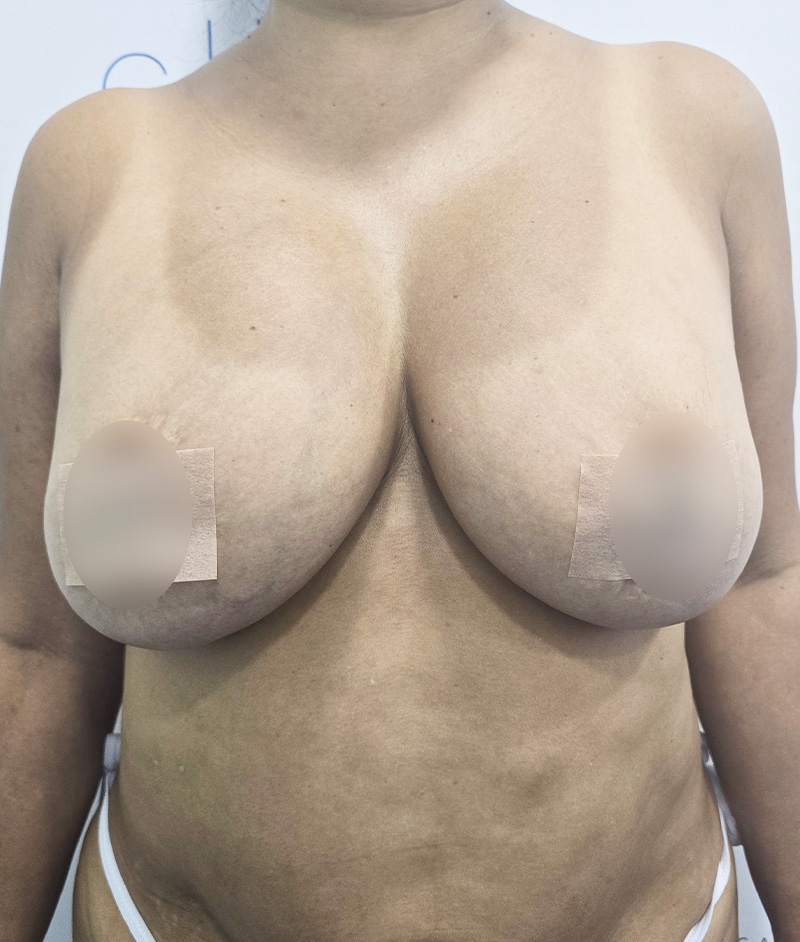
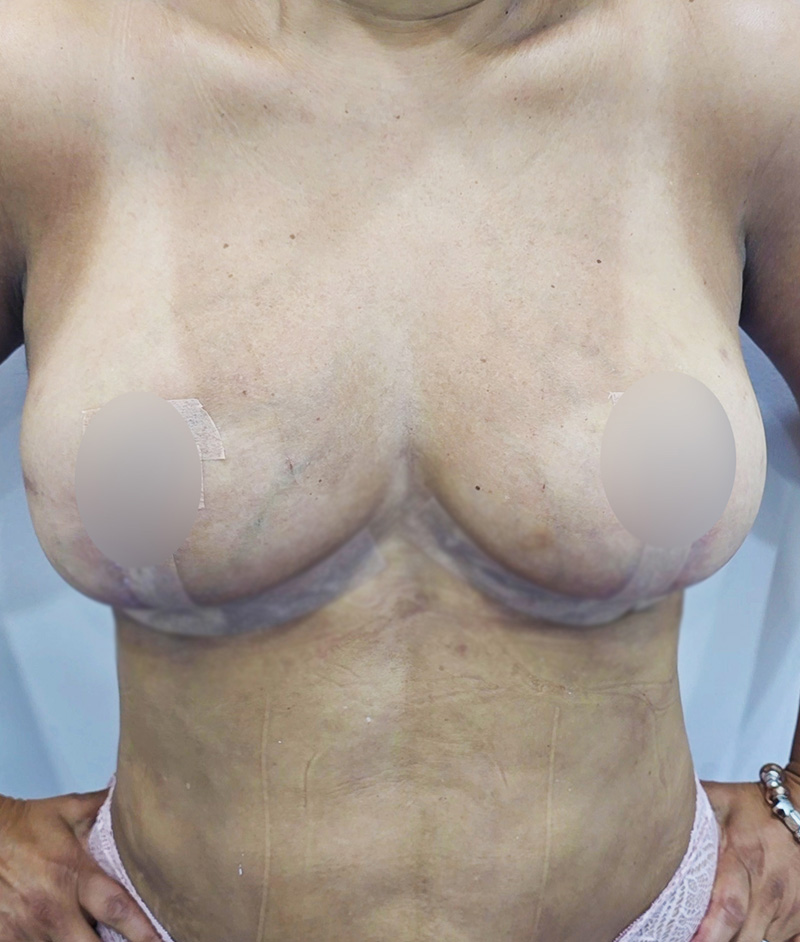
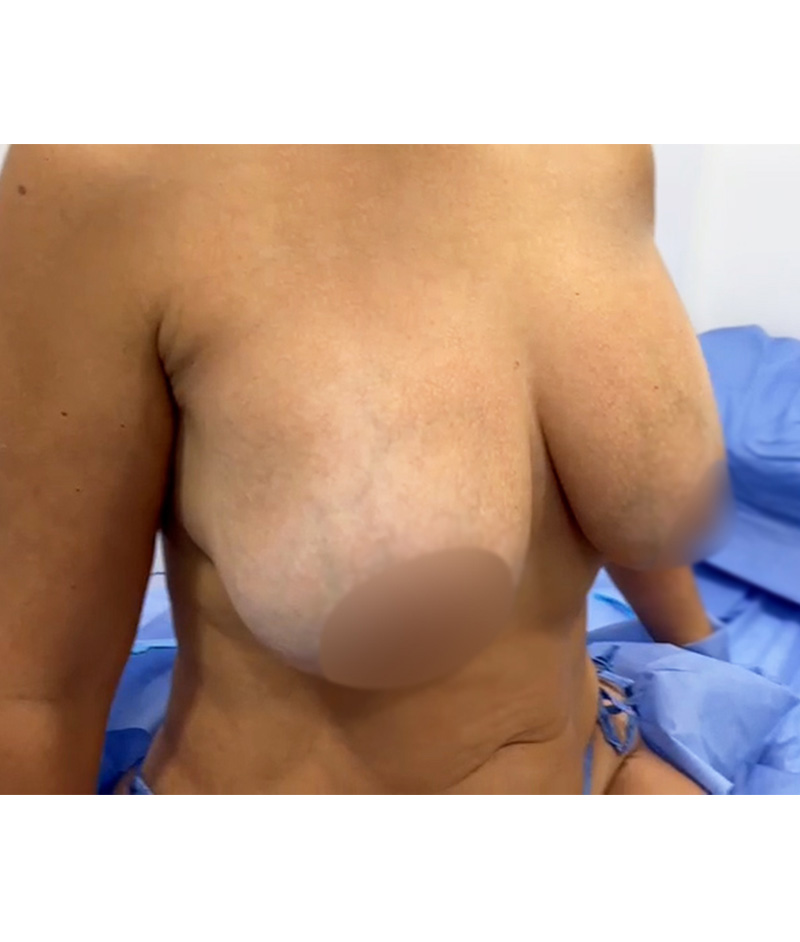
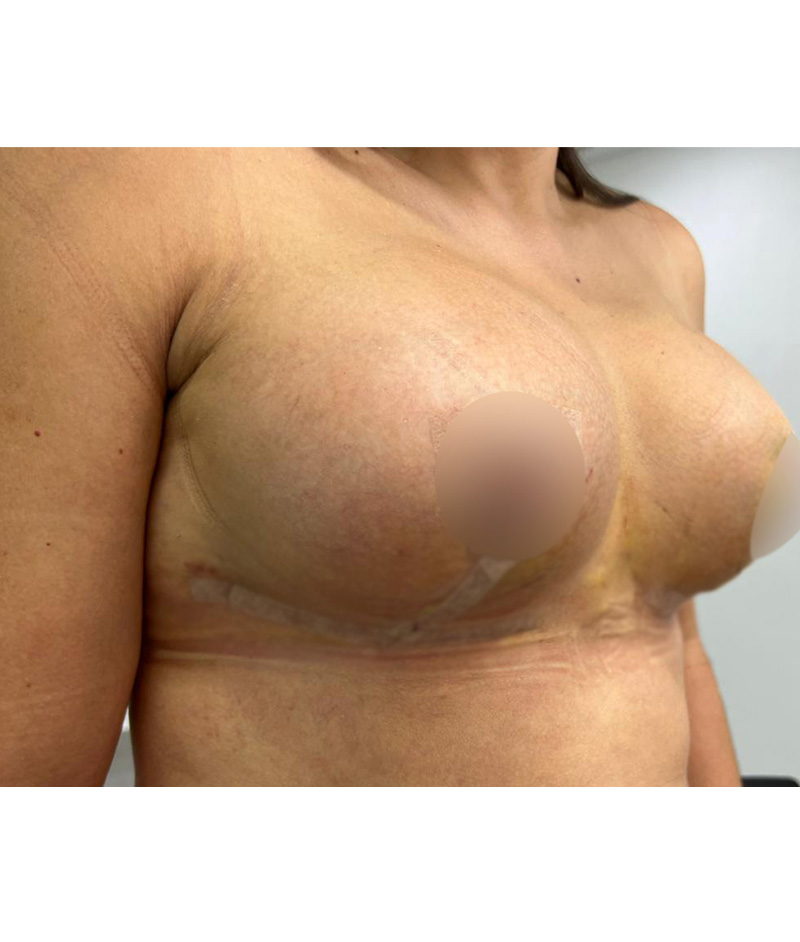
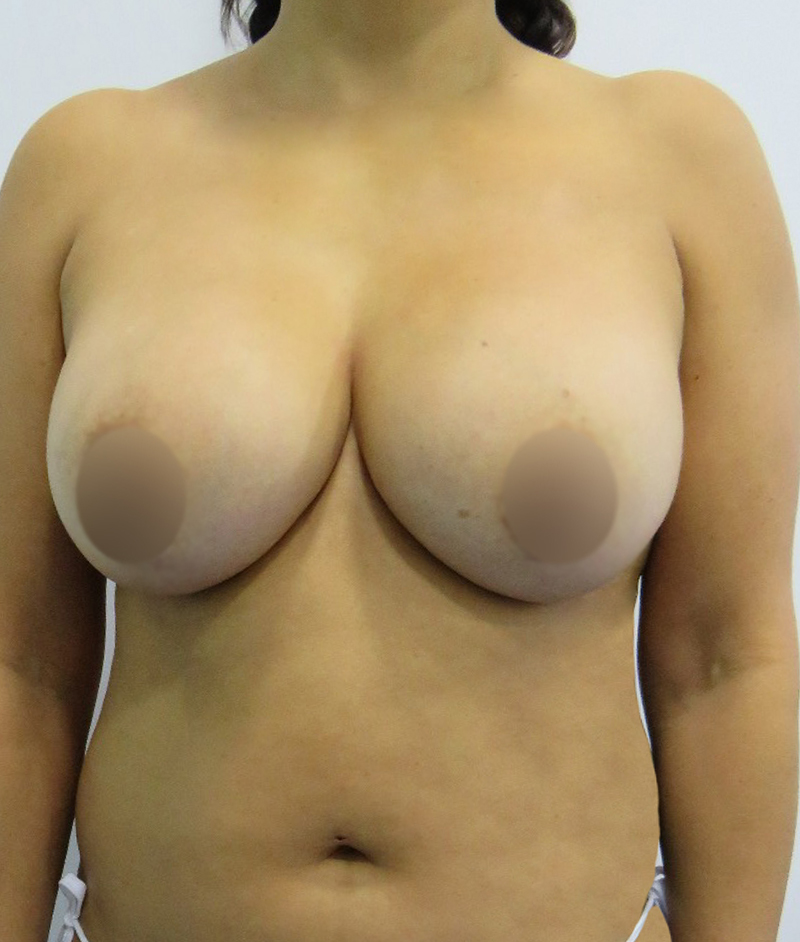
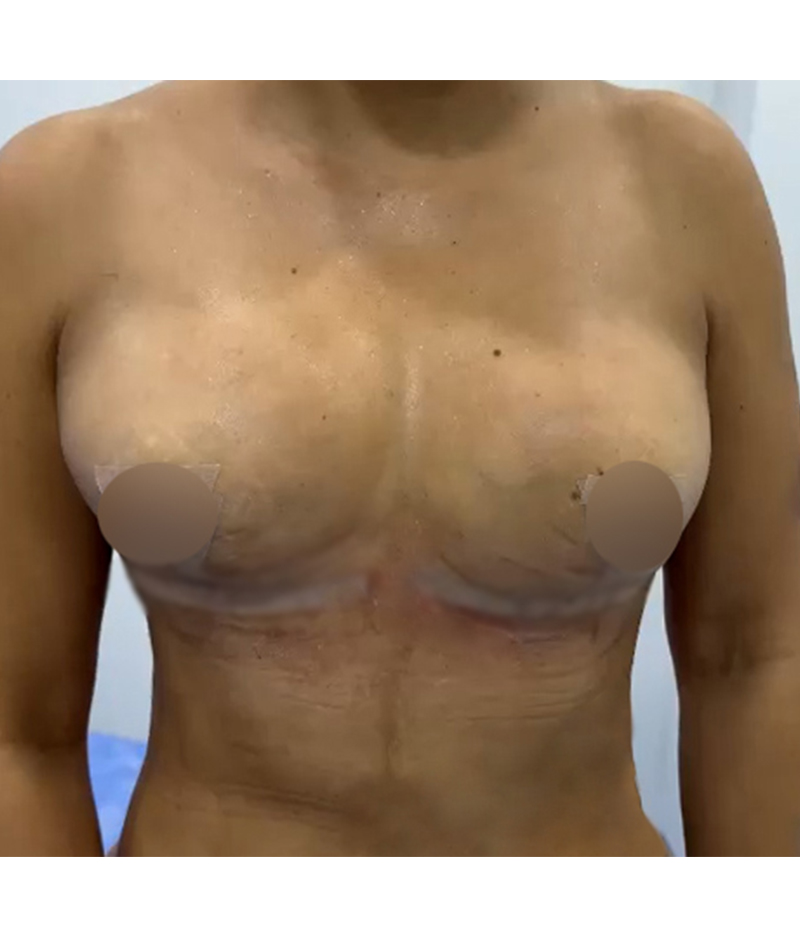
Learn more
For a breast explantation, general anesthesia is generally used. This type of anesthesia ensures that the patient is completely asleep and free of pain throughout the procedure. General anesthesia is administered and monitored by an anesthesiologist or a health professional specialized in anesthesiology, ensuring patient safety and comfort during surgery.
The recovery of a breast explantation involves several stages and specific care. Immediately after surgery, the patient is monitored in a recovery room and may experience pain and discomfort controllable with medication.
During the first week, rest is recommended, wearing bandages and compression garments, and avoiding strenuous activities. In the following weeks, light daily activities can be gradually resumed, attending all follow-up appointments to monitor healing.
Swelling and bruising decrease in the first few months, with final results visible after several months. In the long term, it is crucial to protect the sun’s scars and keep medical follow-up to ensure optimal recovery and detect potential complications.
Breast explant generates a temporary disability that varies according to the patient and the complexity of the procedure. Generally, the following is considered:
Immediate disability: Absolute rest is recommended for the first 24 to 48 hours, avoiding any physical effort.
Short-term disability: The patient may experience pain and discomfort that limit the ability to perform everyday tasks. During this phase, it is necessary to avoid lifting heavy objects, vigorous exercises and activities that can put tension in the treated area.
Medium Term Disability: Most patients can return to their normal activities, including moderate exercise, although they must follow certain precautions and recommendations from their surgeon to ensure complete recovery and prevent complications.
The scar that leaves a breast explant depends on several factors, including the technique used by the surgeon, the location of the incisions and the patient’s healing capacity.
The incisions are usually made in the same locations as the original breast implant surgery incisions, which can be around the edge of the areola (periareolar incision), in the inframammary fold (under the breast) or along a Vertical scar from the areola to the fold of the breast (incised T inverted or anchor).
Proper care of scars is crucial to minimize their appearance. This may include the use of silicone dressings, healing creams and sun protection to prevent hyperpigmentation.

